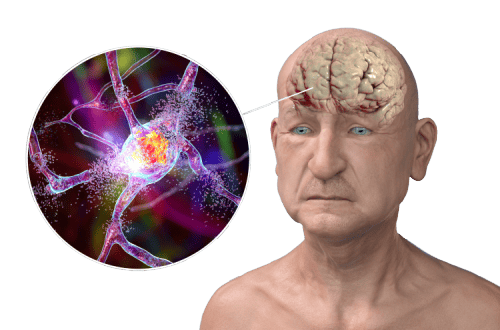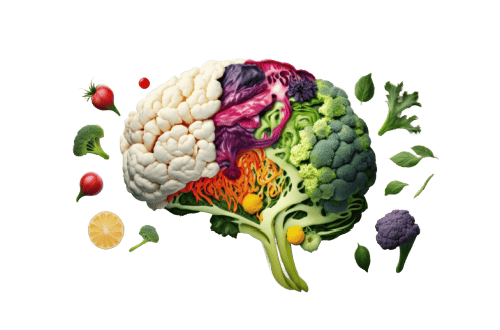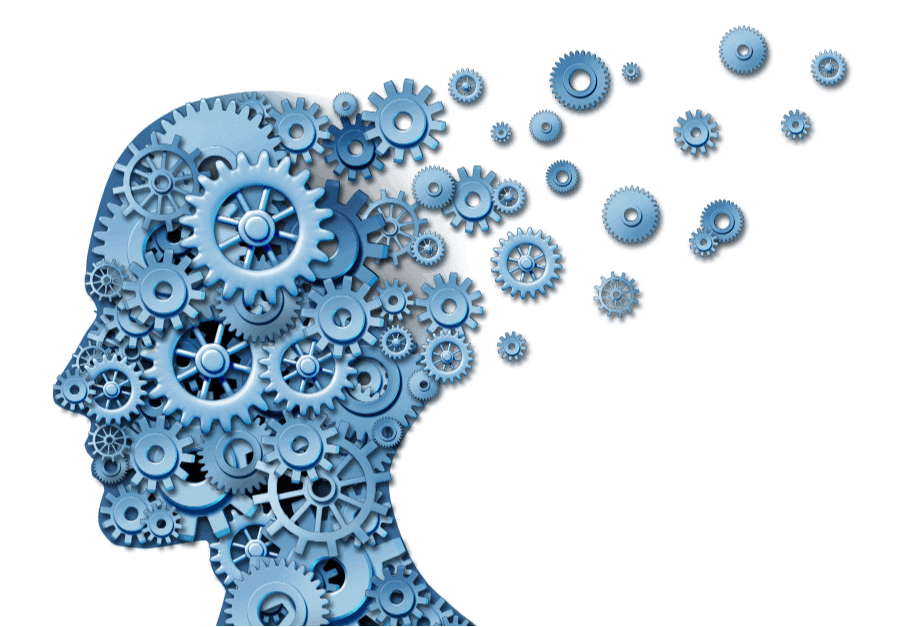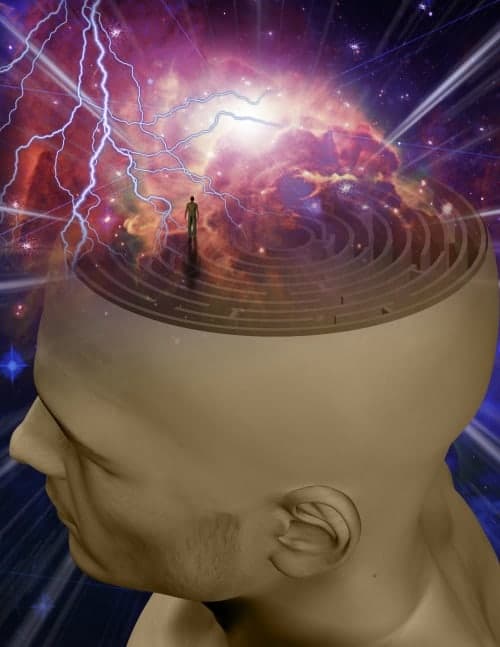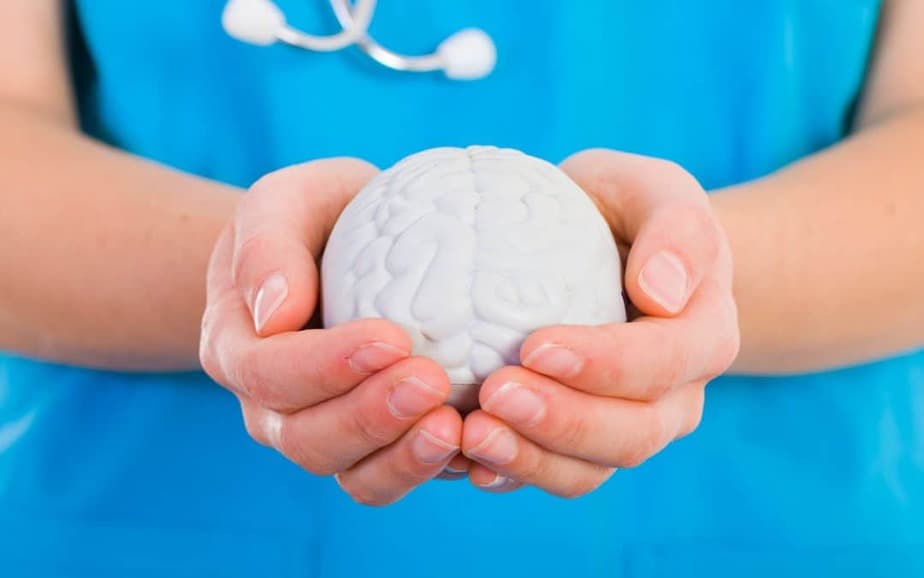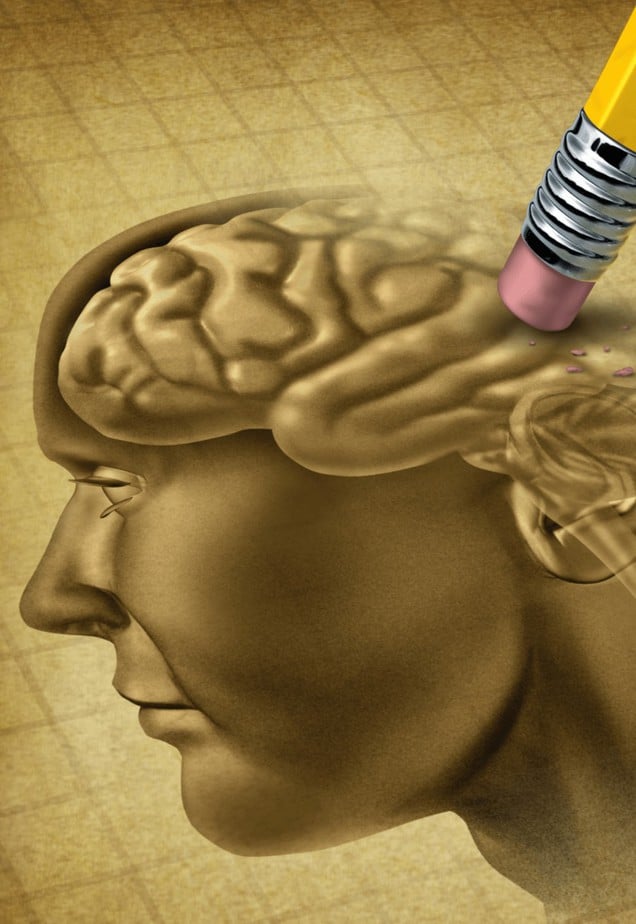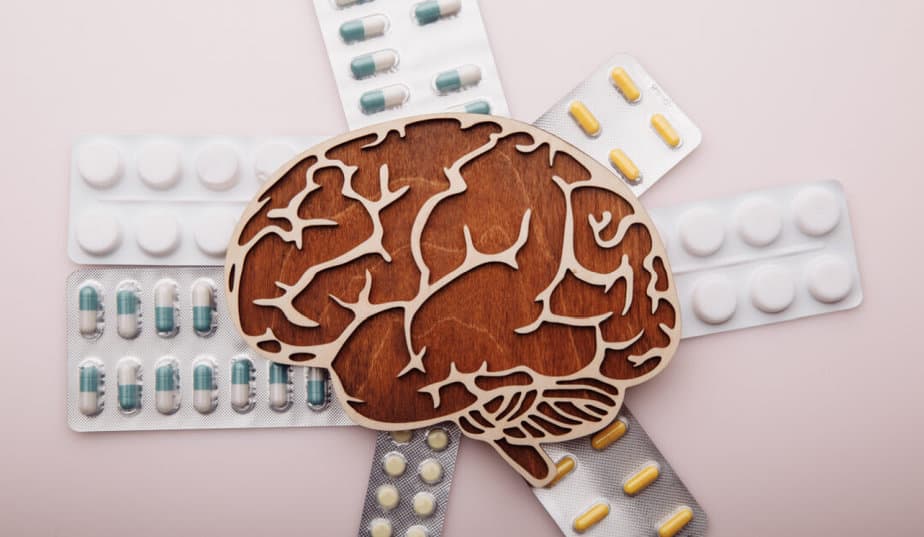
Alzheimer’s Disease Medications for Memory
Dementia Treatments
Alzheimer’s Disease Medication
Introduction
People are increasingly interested in the latest advancements in Alzheimer’s disease medications as they seek to safeguard their brain health through the most cutting-edge scientific developments. Alzheimer’s disease, a progressive neurodegenerative disorder characterized by memory loss, cognitive decline, and behavioral changes, poses significant challenges for both patients and their loved ones. As awareness of Alzheimer’s grows and its prevalence rises, there is a growing sense of urgency to explore all available options for prevention, treatment, and management.
Leqembi
+ Leqembi is an IV medication for early-stage Alzheimer’s, targeting and removing beta-amyloid from the brain.
+ While not a cure, it’s the first FDA-approved treatment addressing Alzheimer’s biology, aiming to slow down cognitive decline and maintain independence.
+ It’s only for those with confirmed elevated beta-amyloid levels and hasn’t been tested for advanced stages or those without symptoms.
Aduhelm
Aducanumab
+ Aducanumab (Aduhelm®) has gained accelerated FDA approval for treating early Alzheimer’s and Mild Cognitive Impairment (MCI) due to Alzheimer’s Disease.
+ It’s the first therapy to demonstrate that reducing beta-amyloid in the brain can slow cognitive and functional decline in early-stage Alzheimer’s by targeting and removing specific forms of beta-amyloid plaques.
+ Administered via intravenous infusion every 4 weeks, Aducanumab aims to reduce beta-amyloid accumulation, potentially aiding other brain functions in memory, thinking, learning, and behaviors.
Aricept
Donepezil
Donepezil (Aricept) : Approved to treat all stages of Alzheimer’s Disease. Its primary mechanism of action involves inhibiting an enzyme called acetylcholinesterase. This enzyme normally breaks down acetylcholine, a neurotransmitter involved in memory and learning. By inhibiting acetylcholinesterase, Aricept increases the levels of acetylcholine in the brain, temporarily improving communication between nerve cells.
Exelon
Rivastigmine
Rivastigmine (Exelon): Approved for mild-to-moderate Alzheimer’s disease and mild-to-moderate dementia associated with Parkinson’s disease. This is another medication used to treat Alzheimer’s disease. Its mechanism of action is similar to Aricept but extends to inhibiting both acetylcholinesterase and butyrylcholinesterase enzymes. By doing so, Rivastigmine increases the levels of acetylcholine in the brain, supporting improved communication between nerve cells. This helps alleviate cognitive symptoms in individuals with Alzheimer’s, providing symptomatic relief without modifying the underlying progression of the disease.
Razadyne
Galantamine
Galantamine (Razadyne): Approved for mild-to-moderate stages of Alzheimer’s disease. Its mechanism of action involves acting as a reversible acetylcholinesterase inhibitor, similar to Aricept and Rivastigmine. By inhibiting the breakdown of acetylcholine, a neurotransmitter crucial for memory and learning, Galantamine temporarily increases its levels in the brain. This enhancement of acetylcholine communication between nerve cells aims to alleviate cognitive symptoms associated with Alzheimer’s disease.
Namenda
Memantine
Memantine (Namenda): Approved for moderate-to-severe Alzheimer’s disease. Unlike acetylcholinesterase inhibitors, Memantine works by modulating the activity of glutamate, an excitatory neurotransmitter in the brain. It acts as an NMDA receptor antagonist, helping regulate the activity of glutamate and preventing excessive stimulation. This mechanism aims to protect nerve cells from damage caused by overstimulation, which is implicated in the progression of Alzheimer’s. Memantine provides symptomatic relief by addressing a different aspect of neurotransmission compared to acetylcholinesterase inhibitors, offering a complementary approach in the treatment of Alzheimer’s disease.
Namzaric
Donepezil and memantine (Namzaric): Approved for moderate-to-severe Alzheimer’s disease. Namzaric is a combination medication that includes both donepezil and memantine. Each component targets different aspects of Alzheimer’s disease to provide a comprehensive treatment approach. Together, the combination of donepezil and memantine in Namzaric aims to enhance cognitive function and provide symptomatic relief in individuals with moderate to severe Alzheimer’s disease. It represents a synergistic strategy by targeting both acetylcholine and glutamate to address different aspects of the disease’s underlying pathology.








